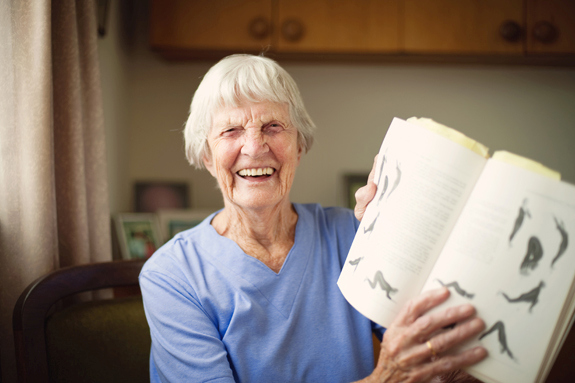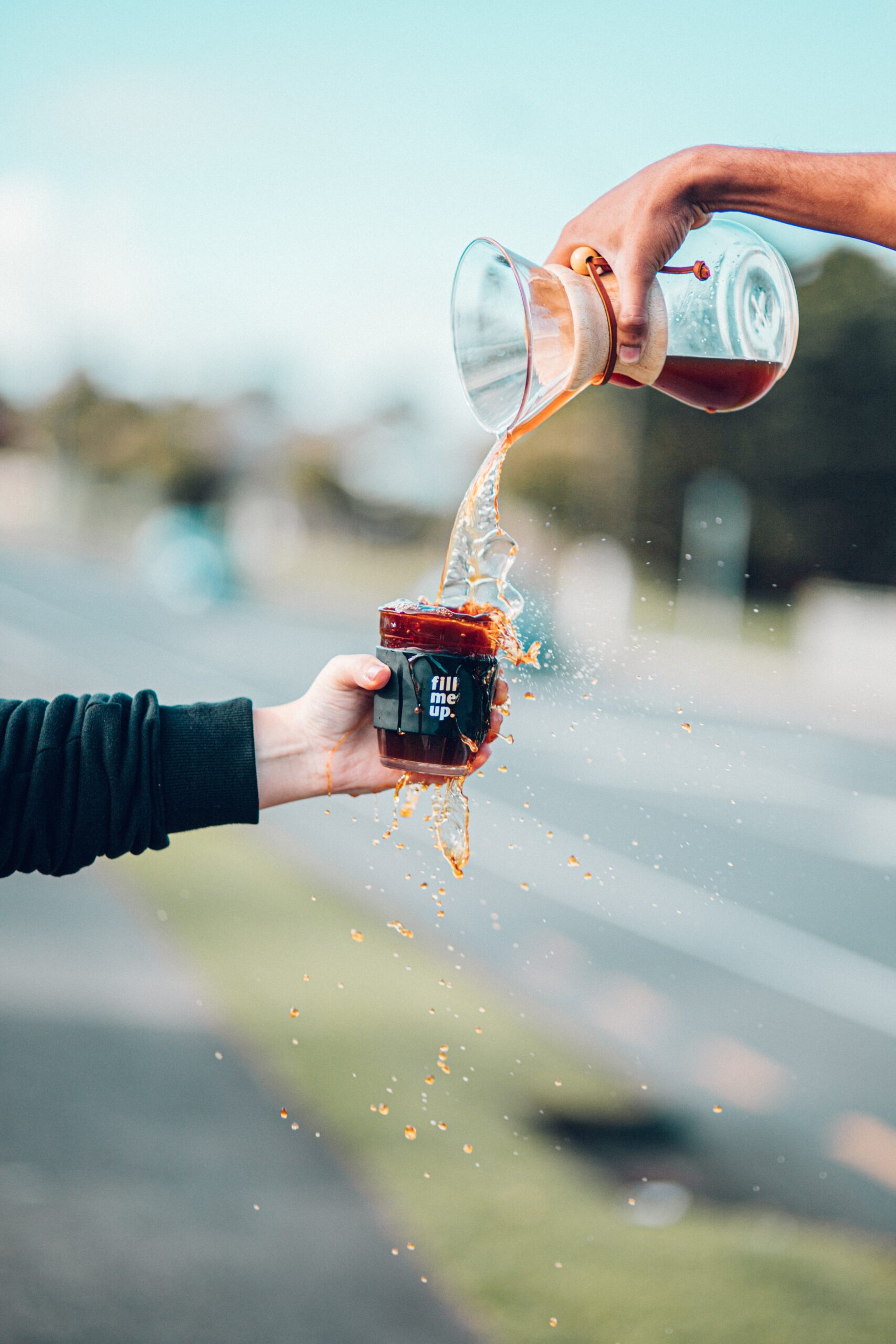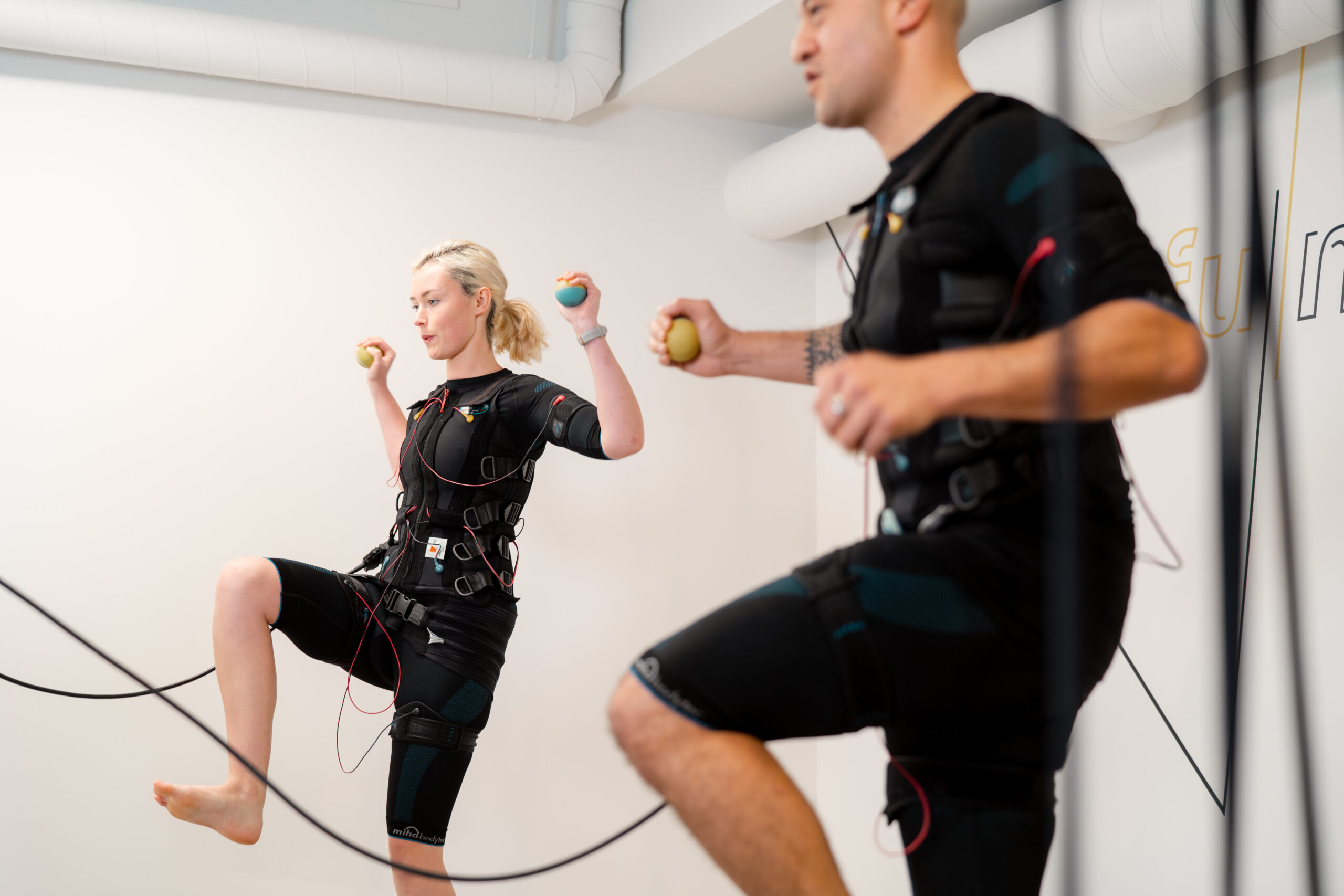Feel like your body isn’t functioning as well as it might? We meet a vigorous 91-year-old who’s discovered her own elixir of youth
Feel like your body isn’t functioning as well as it might? We meet a vigorous 91-year-old who’s discovered her own elixir of youth
Photos by Amanda Reelick
www.amandareelick.com
“I’m what they call a late developer,” says Kay Martin, smiling. Pulled from her UK school at the age of 14 to work in the local Yorkshire mills, Kay has gone on to become a published writer and degree holder, graduating from Auckland University with her Bachelor of Arts at the grand age of 78. In 1991, Kay co-authored the book Yoga: A Practical Approach for New Zealanders (above).
Still smiling at 91, these days Kay lives in a sunny apartment on Auckland’s North Shore. She practises and teaches yoga, volunteers for the North Shore Hospice, goes to the gym, is learning Maori, still travels both locally and abroad, has gone wall-climbing, considered hang-gliding, flirted with abseiling and recently had her driver’s license renewed.“I’m not one to sit around, but I do have Thursdays off,”she admits.
Kay credits her wellness to good luck – and to yoga. A lack of choice in community classes on offer in the 1970s led Kay, then 53, to give yoga a go. It was either that or keep-fit classes, and it started Kay on a long-standing relationship with this ancient mind-body practice. “If I have any regret at all, it’s that I didn’t start sooner,” she says. “But it’s never too late.”
Kay might pass on doing headstands these days – “Not so hot for us 91-year-olds!” she laughs – but when it comes to yoga poses there’s still plenty she can do. And while others her age suffer from painful arthritic complaints, Kay says she’s entirely pain-free. “We do crumple up a lot as we age, so I usually do yoga stretches most mornings,” she says. “I can move around without creaking.”
It’s your approach, not your ability, that really matters, she adds. Here are a few tips for getting started:
• Go with an open mind, and don’t expect to be doing headstands after your first class. Try a class, and just do what you can do – you’ll feel better for it.
• It’s ok to leave the lycra at home – just wear comfortable clothing.
• If the yoga teacher or style doesn’t resonate, try different classes until you find one that suits.
• It doesn’t matter if others are more flexible than you. Remember that your genes largely determine flexibility and that yoga is not a competitive sport.
• It’s not about miracle fixes … but regular yoga practice over the years can do wonders!
–Jacqueline Clark

How to get started
Yoga is commonly known to provide greater strength, physical balance and mental alertness – but it can also bring your inner self into a state of equilibrium, says Denise Ferguson, a certified teacher and owner of the Yoga Sanctuary in Auckland. “If you’re depressed it can help lift you up, and if you’re manic it can help bring you down,” she says.
A recent study led by researchers at the Boston University School of Medicine found yoga triggers the release of the brain chemical gamma-aminobutyric acid (GABA), which regulates nerve activity and muscle tone. The study established a link between yoga, higher levels of GABA and better mood. “I’ve found yoga has also improved my concentration,” says Kay. “I don’t scoot from one thing to another as much.”
A typical yoga class combines postures and movement (asanas) with breathing exercises (pranayama) and ends in relaxation (savasana). Several different styles of physical (hatha) yoga have developed over the last century, and some of the most popular styles practised today are:
• Ashtanga vinyasa yoga involves a sequence of precise and increasingly more challenging postures, with a focus on regulating your breath in time with each posture – resulting in a calming yet strength-building yoga style that’s ideal for slowing down
• Bikram yoga or ‘hot yoga’ is practised in a room heated to around 40°C which is said to help achieve deeper stretches and improve blood circulation – but this style is best avoided during pregnancy
• Iyengar yoga focuses on developing strength and mobility, often using props such as cushions, belts and blankets to help new, injured or less flexible students achieve poses – making it ideal for rehabilitation or physical therapy







